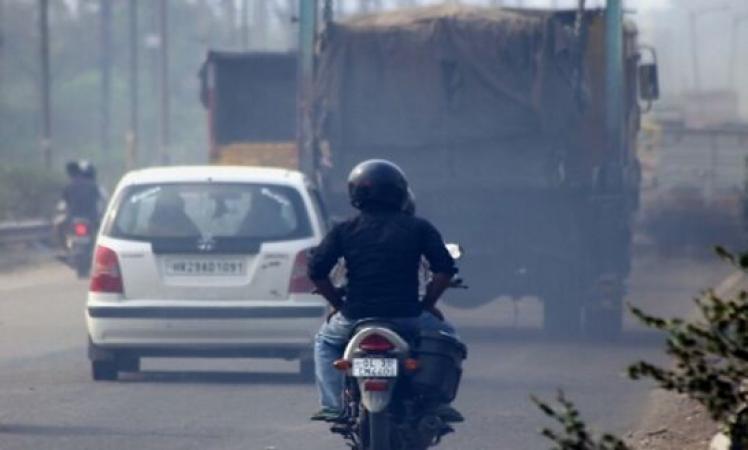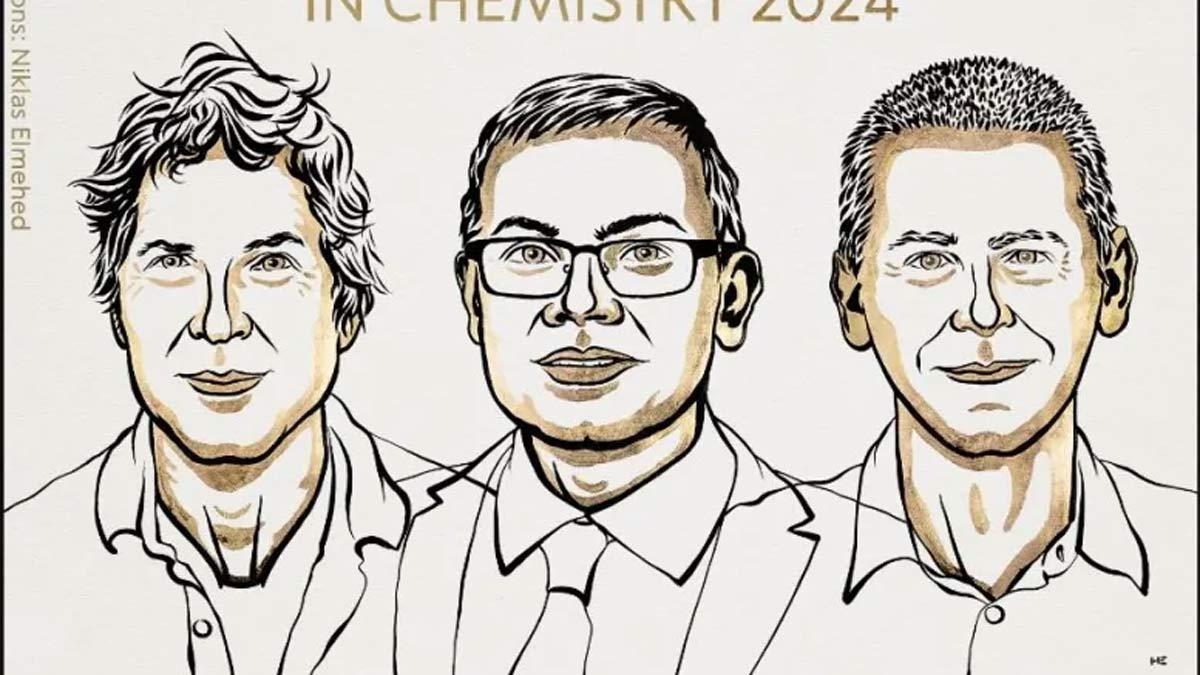Half-way through its target period, the National Clean Air Programme (NCAP) is inching towards its goals with certain steps taken by several states, while some others were still lagging behind with non-tracking of its air pollution related data.
Even as air pollution remains mostly urban centric, studies have well established the regional scale pollution is more concentrated in the Indo-Gangetic plains because of the peculiar meteorology and also in more industrialised states.
Apart from Delhi-NCR, there are scores of other polluted cities across India that too need attention and the NCAP by the Ministry of Environment, Forests and Climate Change (MoEF&CC) does that.
It works to address air pollution problem in 132 cities, called non-attainment cities as they did not meet the national ambient air quality standards (NAAQS) under the National Air Quality Monitoring Programme (NAMP).
Launched in January 2019, the NCAP has set a target of reducing key air pollutants PM10 and PM2.5 (ultra-fine particulate matter) by 20-30 per cent by 2024 taking the pollution levels in 2017 as the base year to improve upon.
There is an umbrella alliance, National Knowledge Network (NKN) of the Indian Institute of Technology (IIT)/Labs/Universities from across 18 states that acts as a knowledge partner to the NCAP with the IIT-Kanpur designated as the national nodal institution and Professor S. N. Tripathi from IIT-K appointed as the national nodal faculty for the network.
Preparing city-specific 'Action Plans' was one of the initial steps supposed to be taken by the city/state administrations.
Also Read | Indian researchers discover 3 supermassive black holes
"Most cities have submitted their 'Action Plans'," confirmed Professor Tripathi.
The Action Plan forms the basis of the action by various agencies involved.
In reply to a Parliament question in July 2020, the government had claimed that the analysis of air quality data of 132 cities indicated that "majority of cities are showing improvement in air quality as compared to 2019-20".
"Ambient air quality data of PM10 of 36 cities showed an increase of PM10 concentration in 2020-2021 as compared to 2019-2020 whereas 96 cities have a decreasing trend (i.e. improvement in air quality). However, number of cities within the prescribed National Ambient Air Quality increased from 18 in 2019-20 to 27 in 2020-21," the MoEF&CC had said.
The strict lockdown in 2020 had raised hopes for several cities, especially the Northwest India, wherein the pristine Himalayan peaks visible from some cities in the foothills after almost three decades.
But by 2021, it was soon realized that those were short-term changes and the situation when it came to air pollution is not yet up to the mark.
Delhi-based 'NCAP Tracker' platform - a project jointly undertaken by CarbonCopy and Respirer Living Sciences - comprehensively reviews the implementation and impact of the NCAP.
Sourcing data from the Central Pollution Control Board (CPCB), it has created a Continuous Air Quality Monitoring Dashboard.
It too has disturbing findings for the year 2021, again, especially for the Northwest India and the Indo-Gangetic plains.
Also Read | New habitable exoplanets to boost search for life out of Solar System
"Eight out of the 10 cities, which feature in the top 10 most polluted from January 2021 until July, are from Uttar Pradesh and Haryana. All the cities have an average PM2.5 concentration above the CPCB's permissible limit of 40 ug/m3," its analysis till July 2021 said.
In most years, for Punjab it is the agro-waste burning ahead of winters that is talked about.
However, NCAP Tracker analysis has found that between January and June 2021, all monitored cities, except Bhatinda and Rupnagar, reported a PM2.5 concentration above the CPCB permissible limits.
"This indicates that pollution isn't just a problem of the months, when stubble burning happens in the state," it said.
The most troublesome finding from the analysis is that Jharkhand, which is home to the coal capital of the country, has only one Continuous Ambient Air Quality Monitoring Stations (CAAQMS) and three manual monitoring stations.
"The CAAQMS hasn't recorded PM2.5 data since July 2020," noted the analysis.
Similar data gaps were found by a Pune-based NGO Parisar in its report, 'Clearing the Haze: An analysis of air quality management in six smart cities in Maharashtra'.
The report released in 2020, was based on a study conducted in the six smart cities, which are also non-attainment cities.
Also Read | China's Mars rover accomplishes planned exploration tasks
Pointing out at the data gaps and lack of transparency, the report had said: "While smart cities were supposed to bring data and transparency to urban development projects, however, there is no clarity of what data is being collected, where it resides or how citizens can access it to help improve the functionality of the city. This lack of transparency about data and project implementation has been a problem in the mission."
Explaining that data gaps exists at two levels, spatial and temporal, founder and director of Urban Emissions, a think tank that works in the field of air pollution, Sarath Guttikunda said: "In case of spatial gaps, there are not enough air quality monitoring stations for a given city/area. While, in case of temporal, there may be such monitors but instrument may not be working. Either which way, availability of data is not continuous, there are several gaps.
"One needs to address both the gaps with institutional and financial capacity building."
According to him, cities such as Delhi will need 77 monitoring stations while smaller cities may do with 15 stations.
Guttikunda was part of a study, 'National Clean Air Programme (NCAP) for Indian cities: Review and outlook of clean air action plans', with Tanushree Ganguly of the Council for Energy, Environment and Water (CEEW) as the lead author.
The study observed that only 25 per cent of the plans integrated information on the relative source contributions to formulate control strategies.
But the information does not translate into prioritising actions listed in the plan, it noted.
"The absence of source information has resulted in plans being replicated for the cities within a state. Nine states with multiple non-attainment cities have used the same set of action plans and timelines across all cities."
As pointed out, source apportionment studies are vital as the source contributions play a major role in deciding what action needs to be taken.
In studies, done initially for six major metros, the major causes of pollution were identified as vehicle, dust and construction, biomass, industry and others.
"Source apportionment studies for at least 40 cities have already commenced and are at advance level," Professor Tripathi told IANS.
While, rest of the cities have initiated the procedure, he added.
The CEEW study had also stated that the estimates suggest that 30 per cent of the PM2.5 concentrations comes outside the boundary and highlighted the need for more regional collaboration for cleaner air.
"While most city plans include the recommended measures, there are no clear guidelines on establishing regional coordination," it had said.
"Move from city-centric to air shed-centric air quality management. This approach requires an inter-state coordination mechanism, which can be facilitated by setting up regional air shed management authorities that enjoy cross-state jurisdiction," recommended the study.
Guttikunda said, the NKN has taken cognizance of the issue and exploring how to build air sheds.
"Overall, there is so much more to be done ahead of the 2024 target. We need to do more," agreed Professor Tripathi.


















